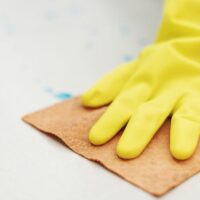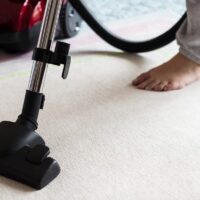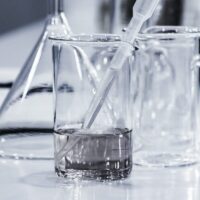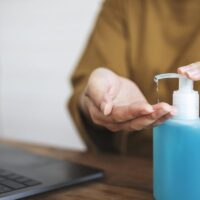Both antimicrobials and antibacterials act on different types of microorganisms. Antibacterials destroy or inhibit only the growth of bacteria. Antimicrobials destroy or inhibit the growth of all microorganisms, including bacteria, fungi and viruses. Therefore antimicrobials provide a broader scope of protection than antibacterials. In fact, using plain soap and water to wash your hands may provide greater protection from colds and flu than antibacterial hand soap or wipes.
Ban on Triclosan
You may remember that in December 2017, the U.S. Food and Drug Administration (FDA) issued a final rule banning the use of triclosan and 23 other ingredients in over-the-counter antiseptic products due to insufficient data regarding their safety and effectiveness. Among the reasons for the ban is the FDA’s concern that exposure to triclosan contributes to making bacteria resistant to antibiotics.
Manufacturers reformulated their products and now many of the antibacterial soaps contain botanicals or other natural ingredients. But the FDA continues to state that there isn’t enough scientific evidence to show that over-the-counter antibacterial soaps are better at preventing illness than washing with plain soap and water.
Antimicrobial Regulation
All antimicrobial cleaners are regulated by the U.S. Environmental Protection Agency (EPA) as pesticides. But don’t let the word pesticide scare you. They are pesticides because they kill organisms. Some kill organisms more effectively than others. And some are safer than others. There are basically three categories of antimicrobials.
Sanitizers are the weakest of the antimicrobials and are effective against bacteria. Disinfectants come in two categories; disinfectants that kill bacteria, fungi and viruses and hospital disinfectants that kill bacteria, fungi and viruses at a more efficient kill time than regular disinfectants. The safest antimicrobials have a pH of 7 which is the same as water.
The New Normal
So much misinformation about cleaning products existed before the pandemic and now even more questionable products are emerging. Our “Tip of the Week” is read the fine print.
We just received an email this week from a book publisher offering a new antimicrobial coating for book covers. It sounds like a fine idea, but reading further into the fine print: “Antimicrobial coating has only been tested against specific bacteria and may not kill or otherwise neutralize viruses and other pathogens.”
Our takeaway? Read your book then wash your hands with soap and water for at least 20 seconds before touching your face or eating. You can’t be too safe nowadays!
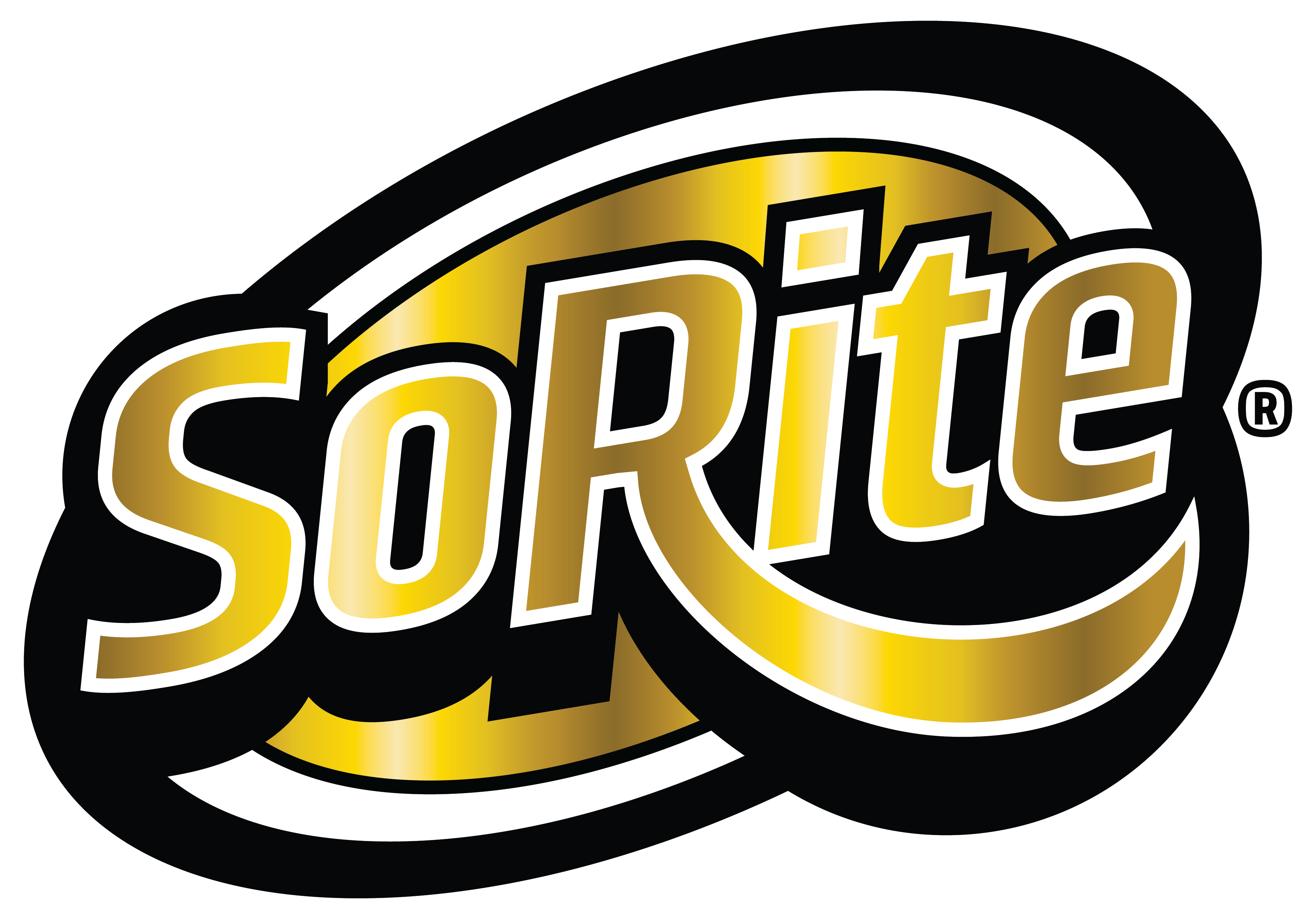
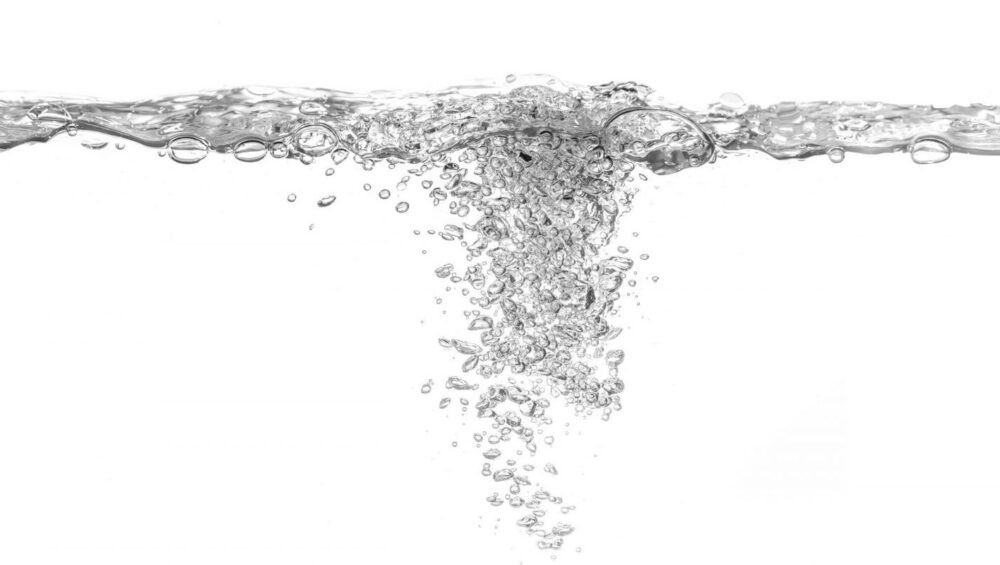

 By Stephen Lawson, COO of Aseptic Health, LLC and Certified Clinically Clean® Specialist
By Stephen Lawson, COO of Aseptic Health, LLC and Certified Clinically Clean® Specialist